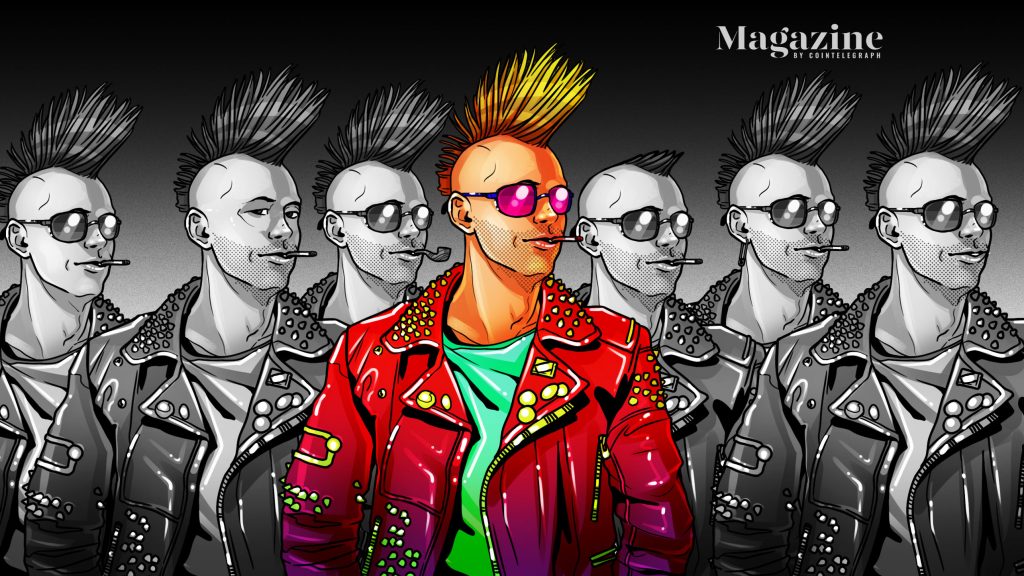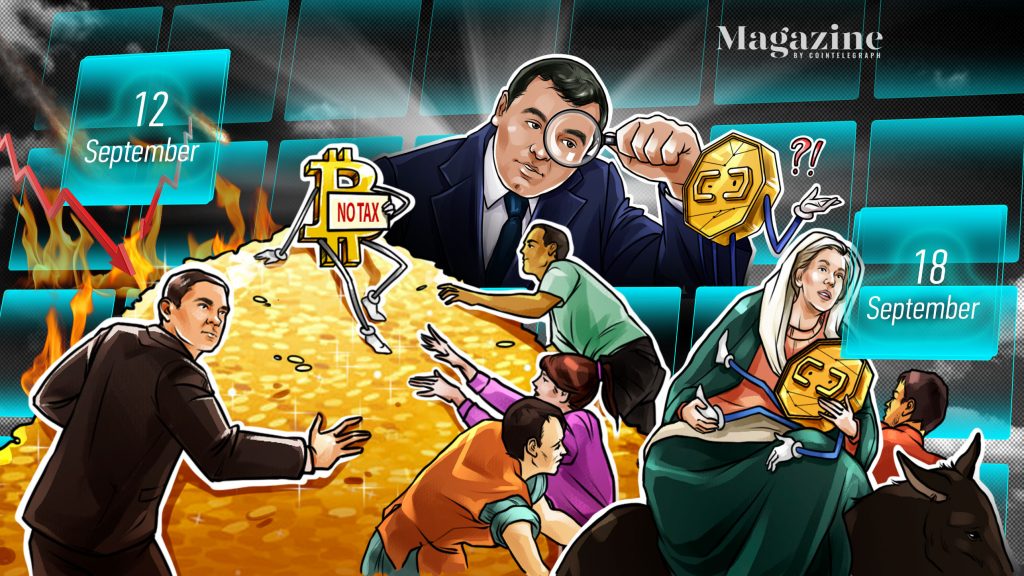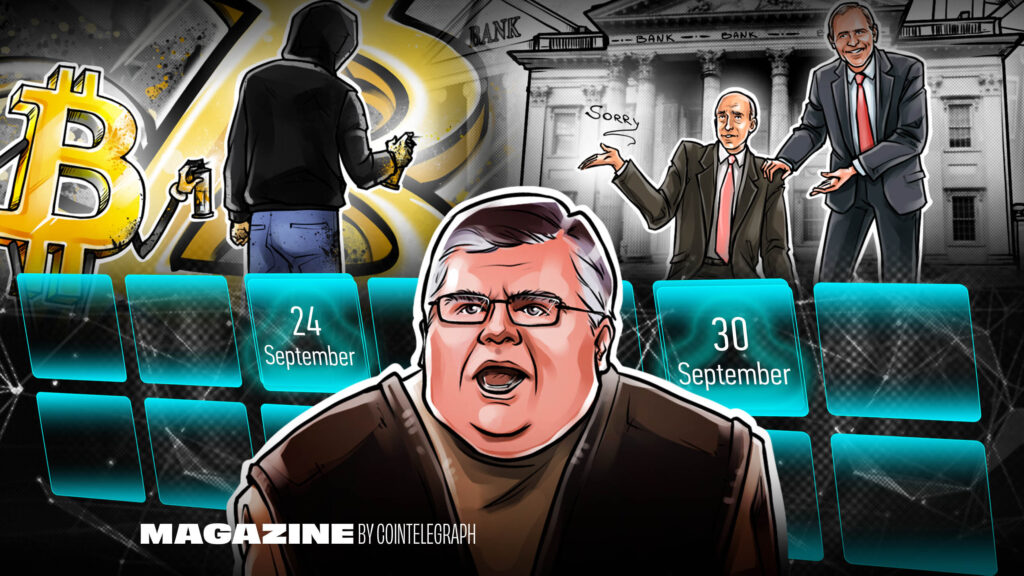“Can someone explain to me why NFT ‘clones’ are selling for so much?” asked Redditor LittleDoofus a couple of months ago.
NFT clones cash in on successful NFT collections by releasing similar or even identical copies of the art under similar sounding brands. LittleDoofus wanted to know how we have suddenly ascribed so much value to NFTs, let alone mere copies of celebrated NFT artworks?
LittleDoofus’ post continued:
“Ok so I kinda understand how someone might see the CryptoPunks or Ether Rocks projects as valuable digital collectibles, but what’s going on with the craze over the clone projects? I see so many lazy CryptoPunks clone projects (no affiliation to Larva Labs) with no-name ‘artists’ behind them selling for a lot.. why? Is it just scammers trying to scam each other?”
It’s a good question: Where do NFT clones fit in open-source crypto culture? I decided to ask long-time crypto developers and the clone creators themselves for their thoughts.
First, by “clones,” I’m referring to exact copies of well-known projects: Think of CryptoPhunks, which simply flipped the images and literally mirrored the original iconic NFT CryptoPunks series that now sells for millions apiece. CryptoPhunks sell for a little less than 1 ETH.
Clones also exist across different blockchains. SolPunks, for example, was built on the Solana blockchain and “is in no way affiliated with Larva Labs and/or CryptoPunks” built on Ethereum. But the punks look the same.
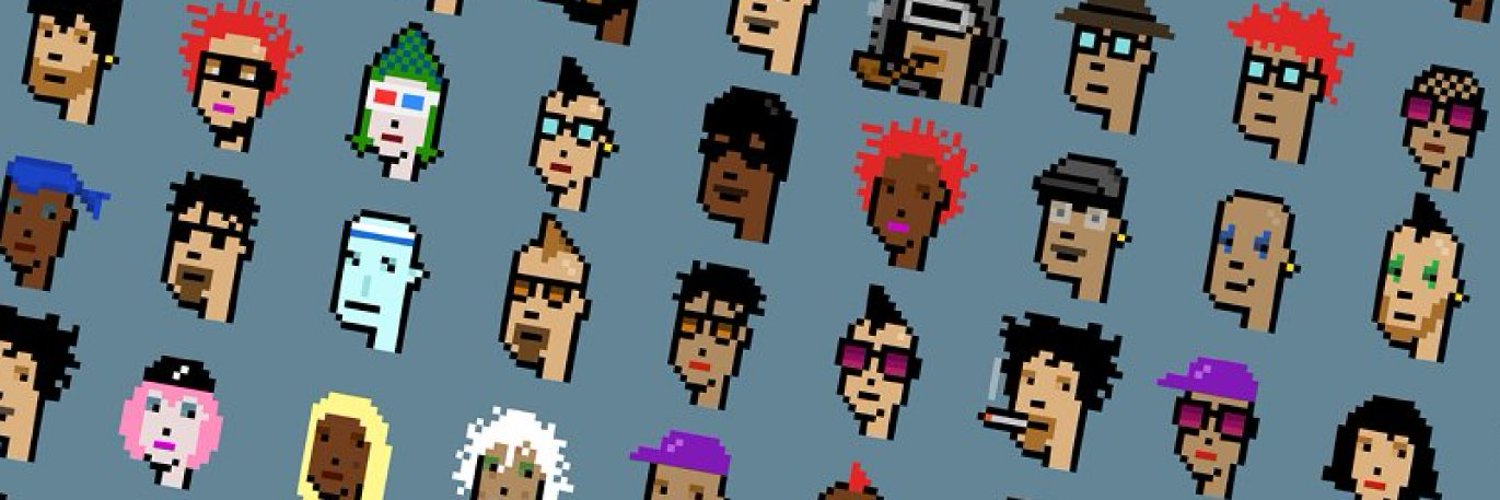
There are also NFT “derivatives” that cash in on the popularity of a well-known brand by using a similar “punk” or “ape” name. These clones are copycats, imposters, tributes, spinoffs, or rent-seekers, depending on who you ask. CryptoFUNKS took the name and applied it to hand-drawn stick figures, for example.
Re-creation and remixing also intersect with the open-source ethos of crypto. Create stuff, open it up and encourage others to build on your efforts. SushiSwap began as a clone of Uniswap’s code and then forged its own path.
Crypto venture and community builder Daniel Bar points to the current boom in generative art as an example of copying stuff that’s popular.
“It’s a bit like ICOs in 2017, mimicking grows like wildflowers,” he says. “But it does help the industry learn and develop.”
He concedes that clone NFT projects might attract some money that would otherwise go to the original.
“The people who buy the clones could have bought the real ones, so, arguably, they may be devalued, say if one less bidder bids,” he says. “But, the real ones have actual perks that the fakes don’t, so it’s like buying a fake Rolex.” Bored Apes Yacht Club included access to exclusive parties. CryptoPunks were used as tickets to a free NFT Meebit drop. That can’t be cloned.
Crypto communities are also complex, ideological and multi-faceted. And while the unique strength of blockchain is authenticating “stuff” to enable trust between partners, there is, of course, much speculative spending on digital assets in the current bull market, informed by memes and counterculture. Valuable clones do make sense in this context.
But, let’s start at the beginning. What the funk/phunk is a nonfungible token, or NFT? This definition frames the whole conversation about the emergence of NFT clones and why people buy them.
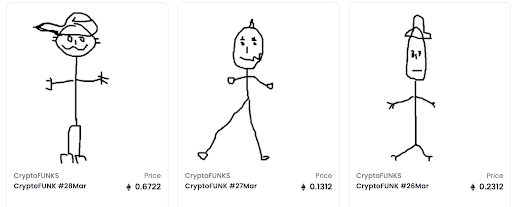
Emerging digital property rights
As everyone knows, 2021 is the year of the NFT. Literally, as NFT is Collins Dictionary’s word of the year. Everyone from Canadian ice hockey deity Wayne Gretzky to brands such as Marvel comics have launched their own collections.
The potential collectible angle for original projects is clear, but for clones of a popular NFT series, it’s more uncertain. We do know that clone projects have value and rake in funds (even if not at the level of their originals). Interestingly, almost nobody is being sold a fake believing it is the real thing.
“Nonfungible” means that the item is unique and can’t be copied. Every NFT is a unique token, and while it’s easy to copy the related image, the creator’s wallet address cannot be faked, and “minting” is a direct line of provenance. “Minting” an NFT registers a particular user as its creator and the first owner of that NFT token.
(As an aside, hackers may be able toclone an NFT known as “sleepminting,” essentially changing the chain of ownership. The developers I spoke with weren’t sure this was actually possible, though.)
So, an NFT is basically a form of notary service, a tokenized tool for provenance, establishing and certifying the creator’s wallet address. They can help artists, musicians and others prove they created something.
Michael Kong, CEO of Fantom Foundation, says NFTs show “the full audit trail, level of authenticity attached to each unique token that you can see previous ownership — people ascribe great value to that.”
It means much more than copied images of pixelated Punks. The possibilities for immutable provenance wrapped in an NFT are just starting to be explored. NFTs can wrap any data securely. That’s why true open-source believers are keen to see progress in developing the space.
Open-source revolution driving high prices, even for clones
CryptoFUNKS and Sad Frogs District are two notable examples of copyright claims leading to takedowns of cloned projects. The most well-known NFT marketplace, OpenSea, de-listing NFT clone CryptoFUNKS in October ironically probably only increased its popularity. OpenSea had received a takedown notice from Larva Labs requesting the delisting due to copyright infringements. It was a similar story with PolygonPunks in August, though they reappeared in September.
In August, OpenSea also announced the delisting of the 7,000 minted images of the Pepe the Frog in Sad Frogs District on its Discord channel for copyright infringements filed by the character’s creator, Matt Furie. This angered the community, which had already invested$4 million in the project and was worried it would potentially leave the NFTs worthless.
Bokky PooBah is a well-known open-source advocate in the crypto world. A Sydney-based Malaysian, he fell in love with the tech and its ideological underpinnings and has offered free blockchain coding lessons for years. His coding academy has no corporate support and no sponsorships. He joined crypto to build and continues to recruit people to build experimental things. PooBah is cited on the bottom of the CryptoPunks website as a resource for the project.
The delisting of CryptoPhunks had a “Streisand Effect, making it more popular,” according to PooBah. The phrase refers to when famed singer Barbara Streisand tried to suppress information relating to her Malibu home but simply promoted massive interest in it. PooBah himself then “had to buy a CryptoFUNK” on principle. “Restrictive licensing hinders the community,” bemoans PooBah.
He explains that NFTs are “super powerful” and is building a decentralized NFT exchange — where NFT creators can ask for ongoing royalties entries in a ledger.
Forked it?
One theory about NFT knock-offs is that they are equivalent to forks of an OS or blockchain that, in fact, increase the value and credibility of the original collection. This view suggests clones are actually driving NFT prices higher.
After all, as the “right-click save brigade” points out, copies abound with NFTs. These types argue that “NFTs are worthless because they can be replicated with a screenshot.” But, PooBah argues passionately that they are missing the point.
“In the end, for time immemorial, the ownership is strong,” and that’s the key point. “Ownership is done on a blockchain, it doesn’t matter if people will copy any images anyway,” he says.
For PooBah, the highest-earning artist, Beeple, “is boring… in terms of technology use.” It’s tech progress that excites him. Imaginative code is the art.

Kong agrees, pointing out that “Right click and save arguments are true for all artworks. But it is not actually the same. Value is subjective, the value is in the eye of the holder, such as perceived rarity.”
He says it’s “totally expected, it’s easy to save a file and produce another NFT,” but the argument makes more sense the other way around: “Copyright can be easily infringed, but with NFTs, it is actually easier to see who created the artwork.”
PooBah believes that the “licensing of images could be more permissive,” and he argues that “open licensing trains more people by creating learning tools so that anyone can go to source code and refer to it to build something.” He is philosophical about clone NFT projects, citing the benefits of adoption and learning. This is always the party line for the decentralized devotees.
“Clone” punk creators
The creators all have their own stories. David Lawrence is a 29-year-old Orlando-based photographer who started a project called “Punk Portraits.” While it cashes in on the CryptoPunk phenomenon, it clearly has its own style.
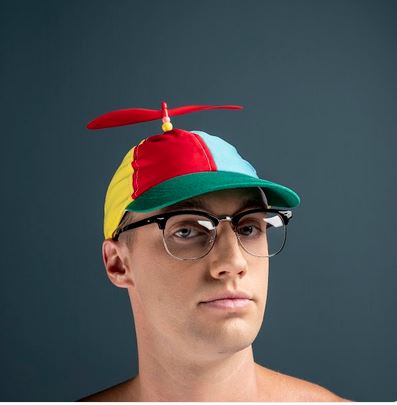
“Punk Portraits are CryptoPunks in the flesh. It’s 1,000 different real-life ‘Punks’ with the same traits but embodied by real people,” he explains. “My goal with portrait photography is to create images that represent one’s truest self.”
It’s hard to judge someone truly believing in their art while also cashing in on the Punk name. He has been a photographer for over 10 years. Punk Portraits was his “first foray into both the NFT and fictional (art) world.”
For Lawrence, Punk Portraits are, of course, not “a clone but a derivative.”
“CryptoPunks set the gold standard for what I believe an NFT collection to be. It’s simple, yet unique and each piece can stand on its own… It’s the Rolex of NFTs.”
He says his work is like a homage to a favorite piece of art.
“We wanted the same detail and allure, but then to imagine what it would be like if the punks were more than just pixels. What if they came and took on a real-life persona?” PooBah bought one, of course, in “protest to Larva Lab’s image IP restrictions.” To date, there have been no IP infringements raised against Punk Portraits.
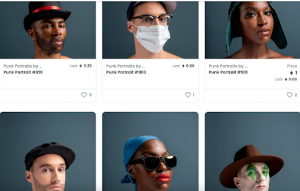
Peter Peterson is the New Zealand-based creator of Fast Food Punks, which leaps from the original CryptoPunks to a familiar McDonalds-themed band of misfits. One collection also raised $574,000 for the Ronald McDonald House in the U.S., a charity for sick kids.
ETH also went up at the time, so it amounted to about $700,000 for charity.
There’s a genius to his creations, along with some luck. Bitcoin crashed in May 2021, “so memes of holders of Bitcoin having to go back to McDonald’s to work went viral… which made it a popular series,” he says fortuitously. “I was making them by hand. I had no idea what I was doing and then uploaded them to OpenSea. They were selling instantly.”
Another punk clone creator, Berk Özdemir, is the Turkish artist of Bastard Gan Punks, and he likes to use the music metaphor of “remixing.”
“A remix recontextualizes the idea or a notion and gives it a new meaning. The original still stays where they are. Derivatives are built on top of it, sometimes as a variation or sometimes as a protest. Every artifact has marks of their predecessors.”
He was a fan of CryptoPunks but “couldn’t afford them, so I thought I could make some for myself.” His creations “turned out pretty ugly (but awesome) looking, and this gave me the idea of being a ‘bastard,’ a new generation born from cool looking, ‘elite’ parents. I started being goofy and created a persona concept around them with silly descriptions.”
He was “stunned with the attention” it received, “and the community built around” the project. After seven months, he left the governance of the project and brand to the Bastard DAO. “But, I still enjoy creating new lore for it and making derivative works and encourage people to create.”
Longevity, he argues, “depends on what the intention behind the ‘clone’ is and the end product. If a ‘clone’ has no message or a solid standing point, they usually are phony cash grabs. The market is oversaturated by projects wanting to sell out with copy and paste ideas without having any visions or plans.”
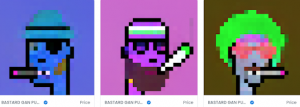
NFT community culture has a sinister side too
Communities built on Discord groups are important for NFT projects. Carefully curated plot lines are crafted so the NFTs don’t just emerge out of nowhere. Discord groups operate for the crypto native fans of an artist. Drop in one. There are certainly some very obsessive or perhaps devoted people waiting for news of new art or a possible airdrop.
Internet meme culture is a key driver of interest for NFTs. Humor is important to the world of clones. Take the Dolly the NFT clone sheep clone, named after the famous Scottish sheep clone first cloned in 1996. And a limited series of Kimmie NFTs depicting North Korean leader Kim Jong-Un in various forms of dress, which also comes with a leadership title to use in “Kimdom.”
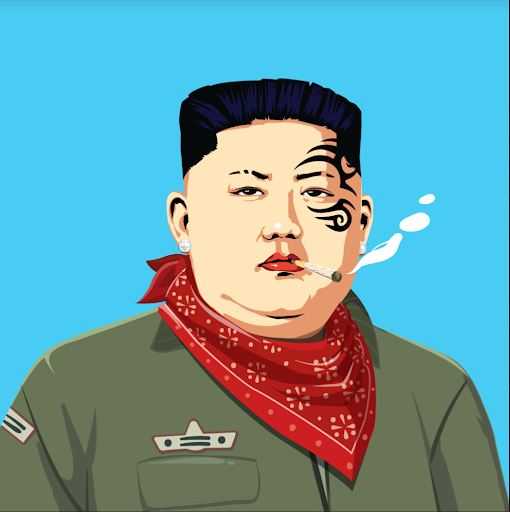
But, as with anything that engenders high passion, these debates can turn sour. Ex-Facebook employee “Chunke Monke” says he was the subject of threats from supporters of a certain NFT release after he began publishing articles that are critical of what he calls “trademark trolls” and their attempts to trademark their NFTs. The “trademark trolls” allegedly attacked his own satirical NFT release. In his view, these “actors stifle innovation through excessive IP protection.”
“Chunke Monke” is now a vocal critic of Big Tech. He stumbled his way into crypto and NFTs after his last startup failed, and he found Web 3.0 particularly alluring. According to Chunke Monke, a clone NFT trademarking their clone NFT is an affront to open source innovation and “derivative creative possibilities,” but the doxing of his true identity scared him. Such is the extreme passion in this space.
Chunke Monke bemoans this aggressive culture among some clone projects.
I’ve seen many Clone NFTs Discords. They are not fun. There’s no love or adoration for the art or the story because it’s all hollow. There’s no meaning and no durable community.
But, “Parody NFTs can retain a lot of value, maybe more than the original,” if they have a certain sense of good humor, he says.
Prices symbolize the revolution?
In street art culture — which also offers a huge spectrum of angry teenager tags to serious political statements — painting over others’ work is part of the rules. It always seemed to me that Banksy’s huge prices at auction distorted the roots of a protest movement born on the trains of Philly in the 1970s. In fact, throughout art history, students were taught by copying the works of their masters.
For those in the art world, selling T-shirts and mugs and aprons with reproductions of their work was once sacrilege for “serious” artists. Is that analogous to clone NFTs of art?
Like “TradArt,” or traditional art, it’s not winner takes all. There are many competitors and much space for many winners and losers. “NFTS will be here as long as the blockchains last,” says PooBah. The copyright arguments are there, but “going against clones is against open source a little.”
So, why do copycat clones attract such high prices? “Pure speculation,” says Web 3.0 developer Kong, “buying clones in the hope someone else will sell it for a greater amount.” The “pandemic also shows how many people can make money out of thin air,” notes PooBah.
Moderating these predictions, Chunke Monke notes why these valuations are hard. The “truth is — there are no right answers in NFT investing, but there are a lot of wrong answers. Valuing based on comparables (‘Clone Punk should be X percentage value of CryptoPunk’) like in traditional finance makes no sense.”
For the record, in street art culture, tagging a scribbled signature on a detailed major piece was always sacrilegious.
For Özdemir, the NFT clone creator, these are the rules :
I strongly encourage people to steal my art and create things with them. I think the world needs more fun and ideas.

Max Parasol
Cardano price dips after smart contract launch, Walmart working with Litecoin is fake news, Coinbase raises $2B from junk-bond sale: Hodler’s Digest, Sept. 12-18
The best (and worst) quotes, adoption and regulation highlights, leading coins, predictions and much more — one week on Cointelegraph in one link!
Read moreEther futures ETFs launching, SBF trial to begin and 3AC’s Su Zhu arrested: Hodler’s Digest, Sept. 24-30
Ether futures ETFs to debut in the United States, Sam Bankman-Fried’s trial to begin and 3AC co-founder Su Zhu arrested.
Read moreChina’s 100K TPS blockchain, Japan’s Minna Bank eyes Solana: Asia Express
